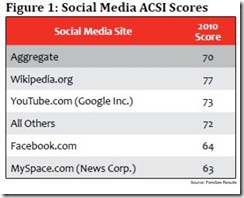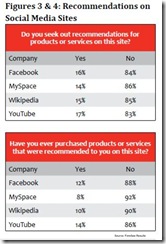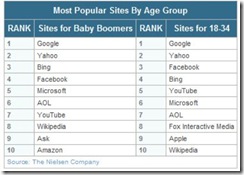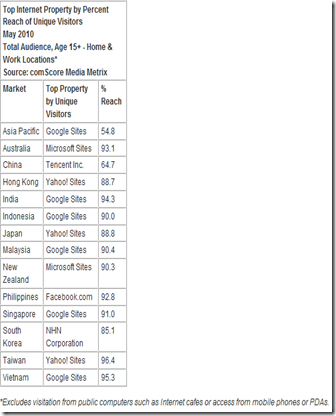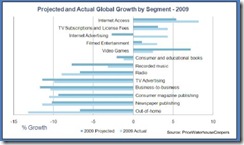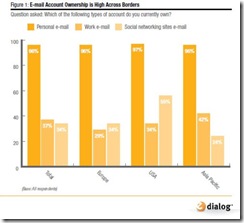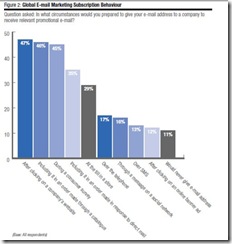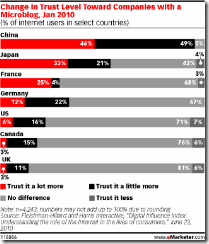Women account for slightly fewer than half of global internet users but spend more time online than men, according to a new study from comScore.
Women Account for 46% of Global Web Users
“How Women Are Shaping the Internet” indicates that globally, women represent 46% of internet users age 18 and up. However, this percentage varies by region. For example, women represent 50.4% of North American internet users.
North America has the highest percentage of its adult internet-using population represented by women. In Asia Pacific (42.1%), Europe (47%) and Latin America (48.1%), women are still underrepresented.
Broken down by individual country, Singapore, the US, New Zealand, Russia and Canada have the highest proportion of adult female web users – all with 50% or more. Countries with the lowest proportion of female web users include two countries where internet penetration is still extremely low – India and Indonesia, with 28 and 35%, respectively.
Asia-Pacific Has Most Female Web Users
Asia is undoubtedly the largest regional online market, and is still growing rapidly. Women online in Asia outnumber women in North America by more than two to one. China alone accounts for more women online than all of North America and, together with Japan, South Korea and India, account for more women online than Europe, according to comScore figures.
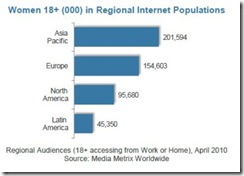
In Most Regions, Women Spend More Time Online
The average 15-plus female spends 8% more time online than her male counterpart. In April, the global average was 24.8 hours per month for women, compared to 22.9 hours for men.
Looking at time spent by women 18 and up compared to men of the same age by region, Asia-Pacific has the widest gap. Women spend an average of 17.9 hours per month online, 7.2% more than the 16.6 average hours spent online by men.
North America is the one region where men spend slightly more time online per month than women. Men average 38.6 monthly hours, 2.6% more than the average 37.6 monthly hours spent online by women.
Women spend more time online than men in Europe and Latin America, but the gap is narrower than in Asia-Pacific. European women spend an average of 26 hours a month online, 3.8% more than 25 hours spent by men. In Latin America, women average 27.1 monthly hours online, only 1.5% more than 26.7 monthly hours average by men.
Women Do More Social Networking
Social networking sites reach a higher percentage of women than men globally, according to other comScore study results.
“How Women Are Shaping the Internet” indicates 75.8% of all women online visited a social networking site in May 2010, compared to 69.7% of men. Globally, women demonstrate higher levels of engagement with social networking sites than men. Although women account for 47.9% of total unique visitors to the social networking category, they consume 57% of pages and account for nearly 57% of total minutes spent on these sites.
Women spend significantly more time on social networking sites than men, with women averaging 5.5 hours per month compared to men’s four hours, demonstrating the strong engagement that women across the globe share with social sites.
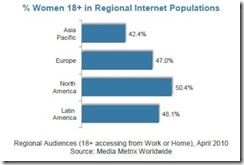
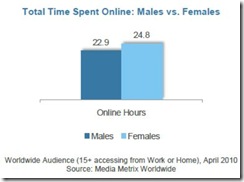
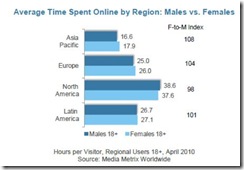



 Google
Google
